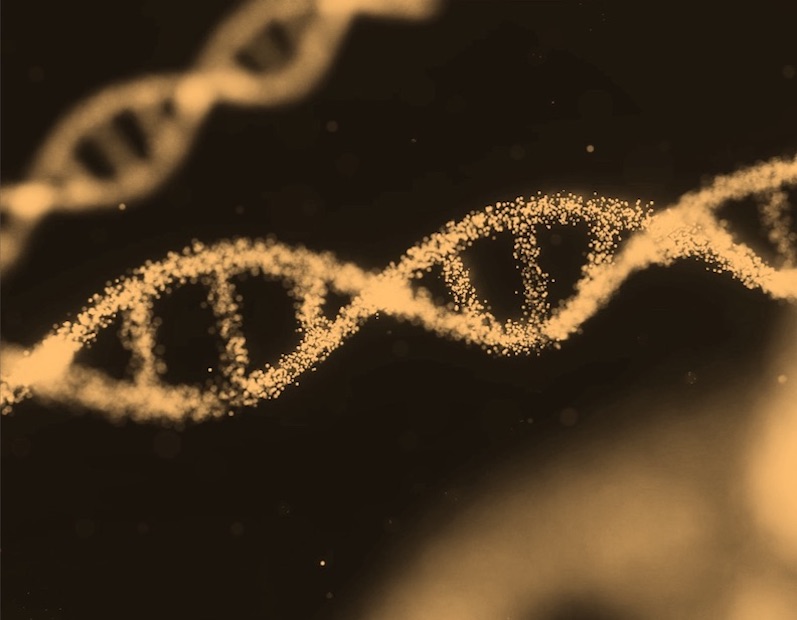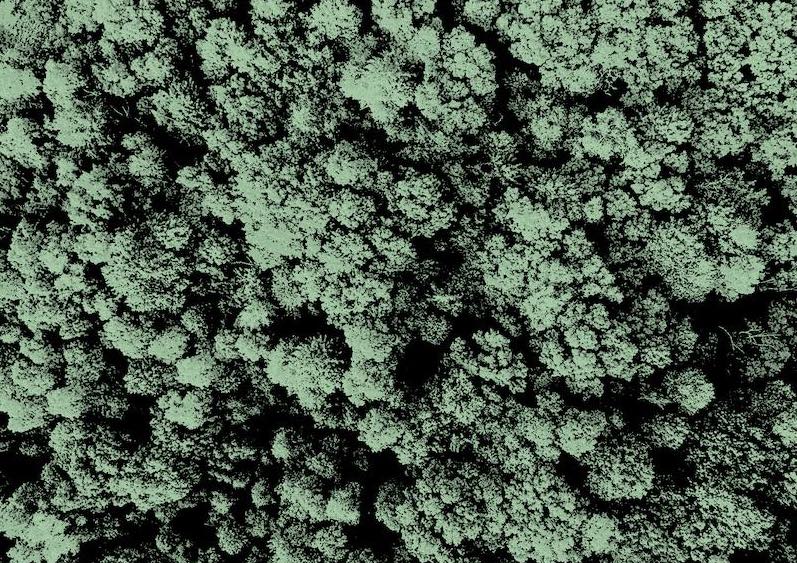What is it about?
Arginine vasotocin (AVT) and isotocin (IT) are fish nonapeptidessynthesized in hypothalamic neurones, from where they are transportedto neurohypophysis for storage and release to circulation. Vasotocinergicand isotocinergic fibers, abundant in different extrahypothalamic areas ofthe brain, suggest peptides' action as neurotransmitters and/or neuro-modulators. Changes in hypothalamic, pituitary and plasma AVT and ITconcentrations were found in fish subjected to different type of stress, i.e.confinement, disturbance, high density (HD) or food deprivation (FD). Aneffectof stress onnonapeptides' synthesis and releasedepends on the typeof stress stimuli. In sea bream, HD has been shown to be a strong stimulusfor release of AVT and IT from pituitary to circulation; FD affectshypothalamic synthesis of both nonapeptides. These results show aparallel response of AVT and IT to HD and FD, and point to a jointmechanism of regulation. On the other hand, in three-spined sticklebackkept at high density, higher concentrations of AVT in males' brain andhigher concentrations of IT in females' brain have been found. It points toseparate mechanisms of nonapeptides' regulation. The distinct controlmechanisms of AVTand IT have also been shown in rainbow trout exposedto disturbance stress. Nonapeptides' functions linked to stress responserequire activation of central and peripheral mechanisms. Adrenocortico-tropic action of AVT has been demonstrated in fish. Thus nonapeptidesprobably affect the hypothalamic–pituitary–interrenal stress axis. ThemodelofAVTandITactioninfishresponsetostresshasbeenproposed.doi:10.1016/j.cbpa.2009.05.09112Effects of intertidal exposure in mussel lysosomesV. Moschino, L. Da Ros (Institute of Marine Science, ISMAR-CNR,Venezia, Italy)Tideisarelevantsourceofvariabilityforintertidalorganismsin termsofgeneral physiological and metabolic responses, as it includes intermittentenvironmental changes in several stress sources such as desiccation,temperature and wave action, as well as in food and oxygen availability. Inthis study we investigated the variations of lysosomal structures/functionsand the condition index in mussels,Mytilus galloprovincialis,fromvarioustidemark levels in two different coastal environments in the NorthernAdriatic Sea—transitional (Lagoon of Venice) and open-sea (8 miles off-shore)areas. In each sampling site organisms were collected in May 2008,at different depths within the vertical zonation of the native population,either in the intertidal zone—i.e. both at the highest and the lowestzonationlimits,andsubtidally.Ingeneral,lysosomalparametersandcondition index concurred to highlight the better health status in subtidalmussels. In addition, the Neutral Red Retention assay, used to evaluatemembrane stability in haemocyte lysosomes, and the condition index,helpful in assessing the whole physiological status, indicated a clearcontinuous gradient among the three different tidemark levels. Intrigu-ingly, levels of lipofuscins and neutral lipids, as well as values of lysosomalenlargement—evaluated in the digestive cells, highlighted more stressfulconditions in the lower intertidal zone. Hypothalamic arginine vasotocin and isotocin are involved in stress response in fish.
Featured Image
Read the Original
This page is a summary of: Hypothalamic arginine vasotocin and isotocin are involved in stress response in fish, Comparative Biochemistry and Physiology Part A Molecular & Integrative Physiology, September 2009, Elsevier,
DOI: 10.1016/j.cbpa.2009.05.091.
You can read the full text:
Contributors
The following have contributed to this page







